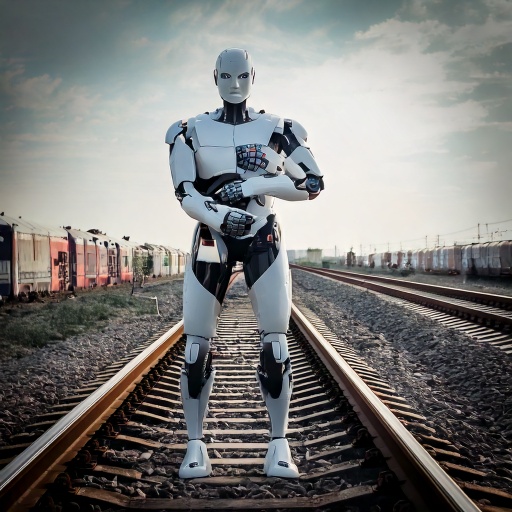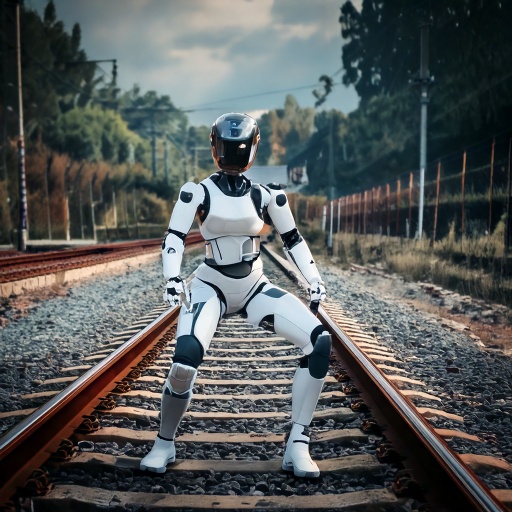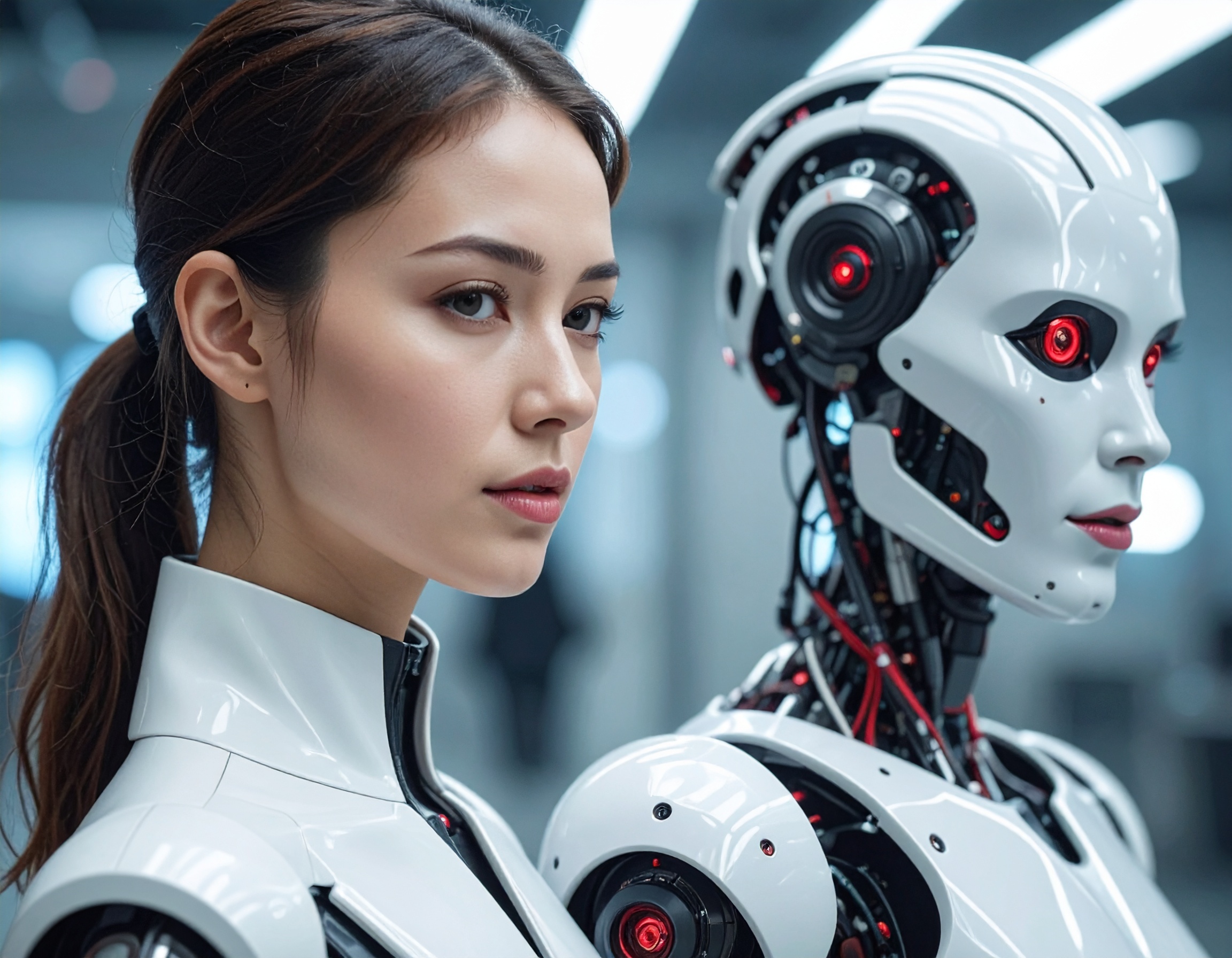AI Employees on Track: China’s Non-Human Workers Revolutionize Freight Rail Inspections

Smart Machines Join the Workforce
In January 2025, China made a bold leap into the future of rail maintenance by launching AI-powered robots to carry out freight train inspections. These AI Employees, sometimes referred to as Non-Human Workers, are equipped with advanced sensors, laser radar, and robotic arms. Their primary task is to scan and analyze critical train components, ensuring everything runs smoothly—especially during the country’s busiest travel season, the Spring Festival, when rail traffic surges with over 510 million expected passengers.

Tripling Efficiency in Railway Safety
Before these Voice AI Agents and robotic inspectors were introduced, it took two human workers around two and a half hours to manually check each freight train. With the new AI-powered system, the inspection process has been cut to just one hour, with humans only stepping in for a 10-minute review. That’s a dramatic increase in efficiency and a significant reduction in workload for human staff.
Key improvements include:
- Time saved: From 2.5 hours to 1 hour per train
- Reduced manual labor to 10 minutes
- Increased inspection accuracy using AI vision and sensors

Drones and AI: A Broader Upgrade
The tech transformation doesn't stop at the trains. China has also deployed drones equipped with infrared, ultraviolet, and sonic imaging tools to inspect electrical substations and monitor geological hazards along railway tracks. These drones can detect issues invisible to the human eye, such as hidden electrical faults or dangerous terrain conditions. The use of these Non-Human Workers helps prevent accidents and speeds up repair operations.

Why It Matters
The integration of AI Employees into railway operations shows how rapidly automation is advancing in infrastructure and public safety. With the expansion of China’s high-speed rail network, the demand for reliable, fast, and safe inspections has never been higher. AI technology ensures smoother operations, fewer delays, and enhanced safety for passengers and cargo alike.
As China continues investing in smart infrastructure, the role of Voice AI Agents and other intelligent systems will only grow. This shift isn’t just a local story—it signals a global trend in how future transportation systems will be managed.
Key Highlights:
- Launch Date: January 2025, during China's Spring Festival travel rush.
- AI Employees Deployed: Robots with laser radar and robotic arms now perform freight train inspections.
- Efficiency Boost: Inspection time reduced from 2.5 hours to 1 hour per train; only 10 minutes of human review needed.
- Accuracy Improvement: AI uses cameras and sensors to detect component issues more precisely than manual methods.
- Drones in Use: AI-powered drones monitor substations and geological risks with infrared and ultrasonic imaging.
- Non-Human Workers Role: Reduce human workload, enhance safety, and support the high demands of a 510-million-passenger season.
- Significance: Marks a major step in China’s adoption of intelligent automation in transportation infrastructure.
Reference:
https://www.railway.supply/en/china-launches-ai-robots-to-transform-freight-rail-inspections/


